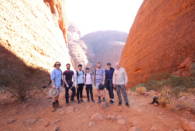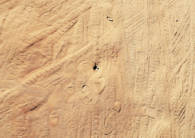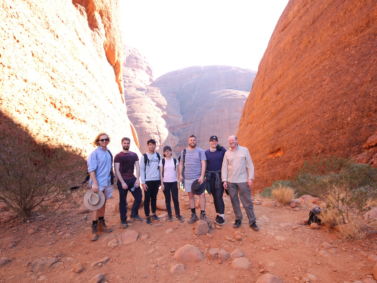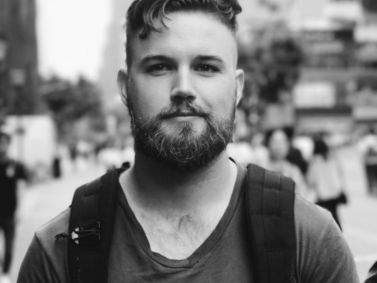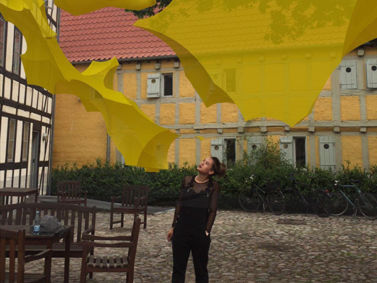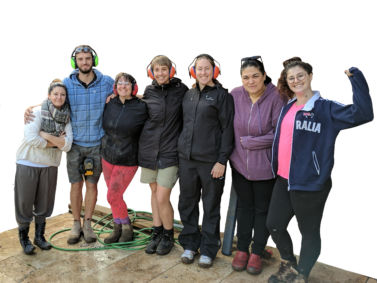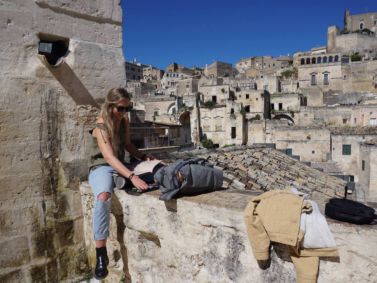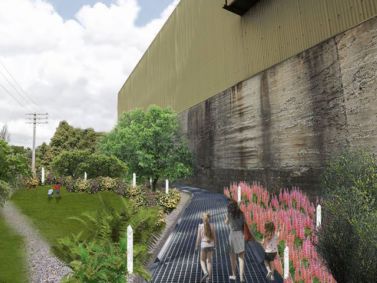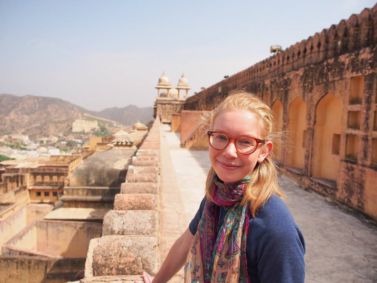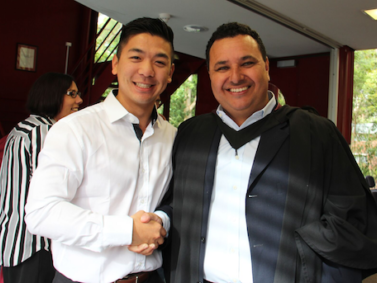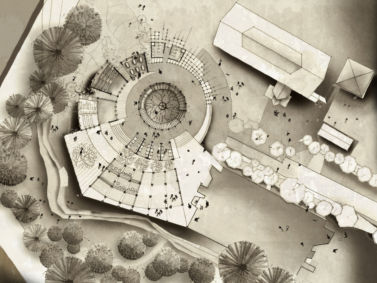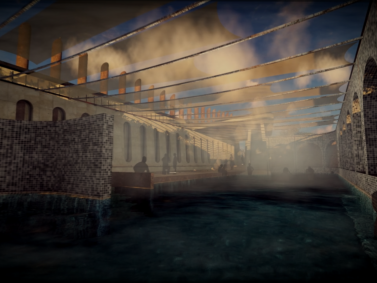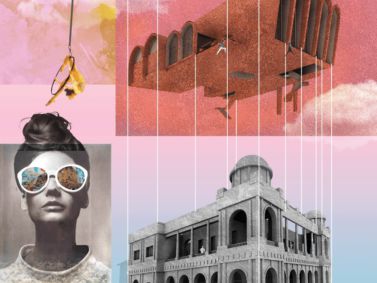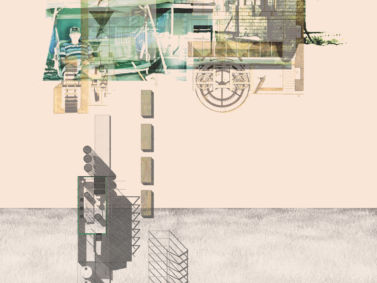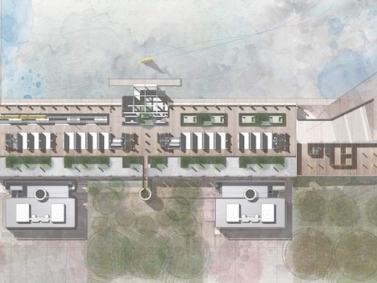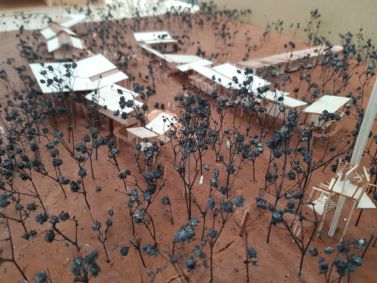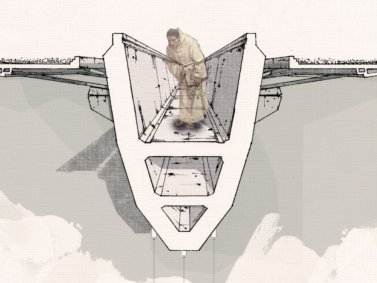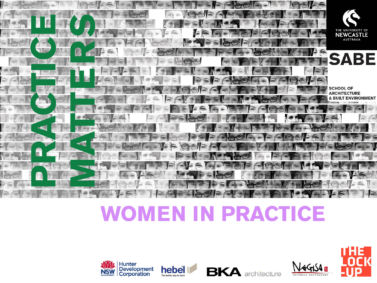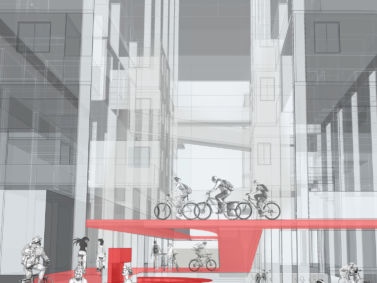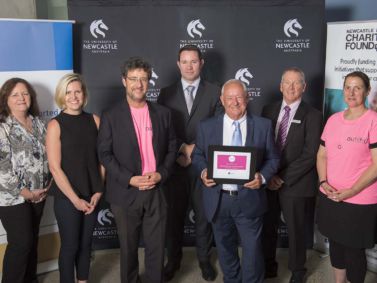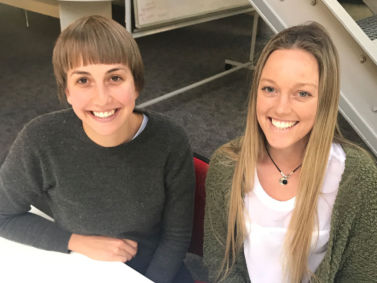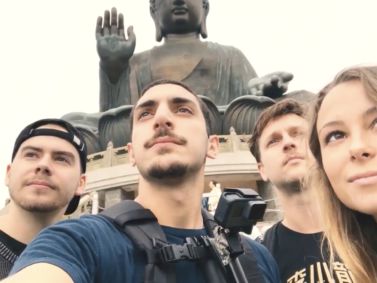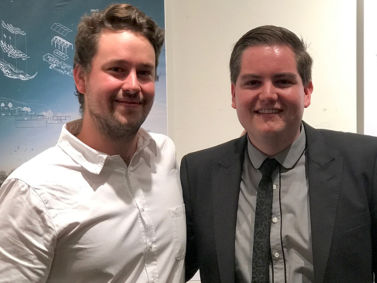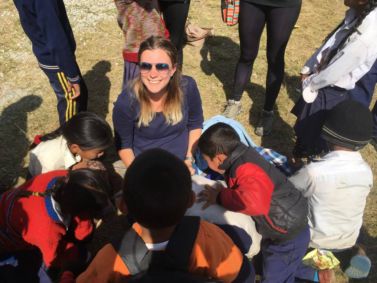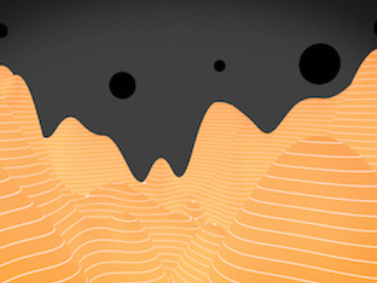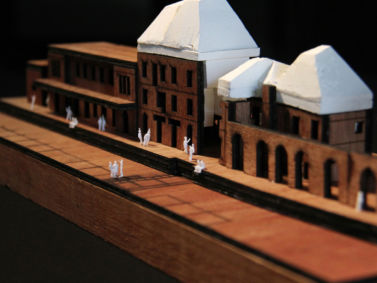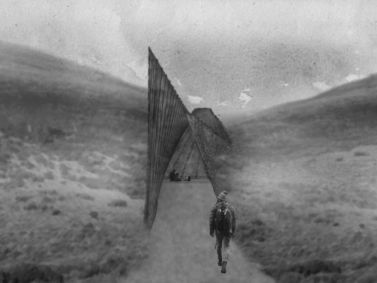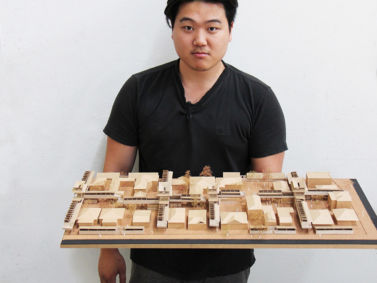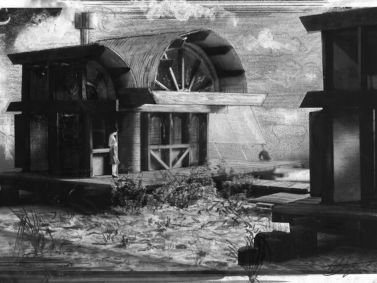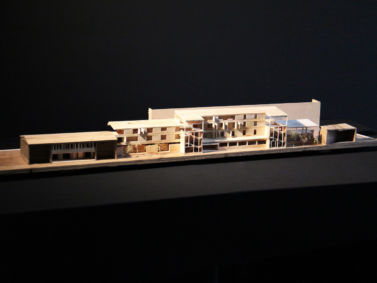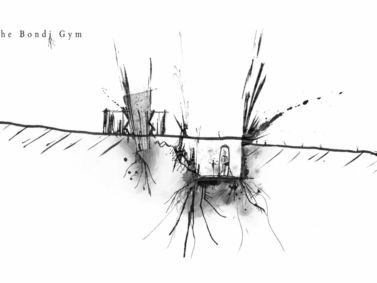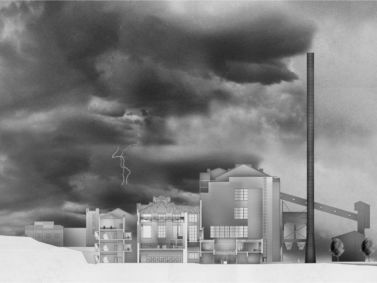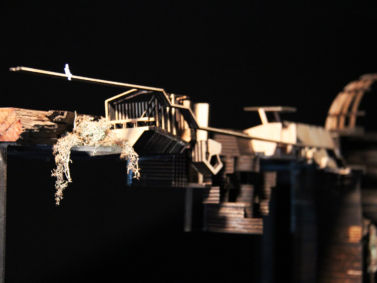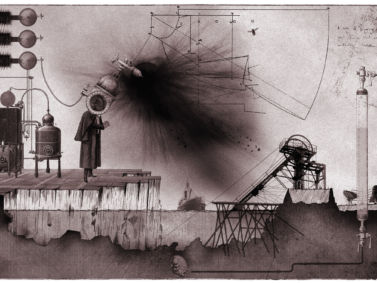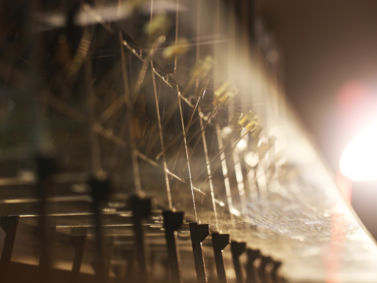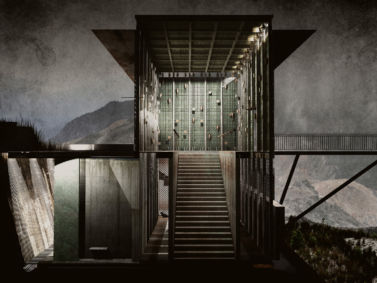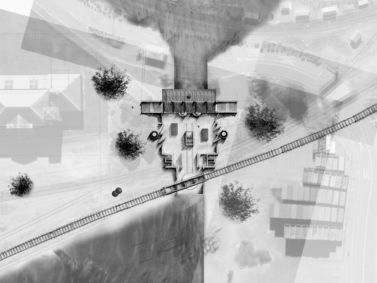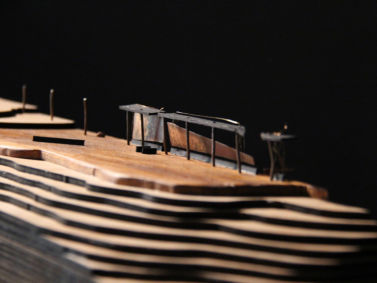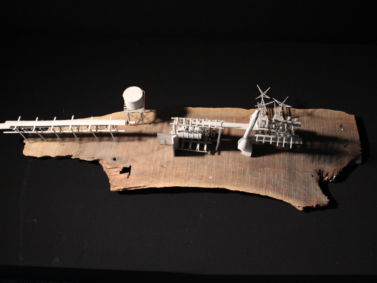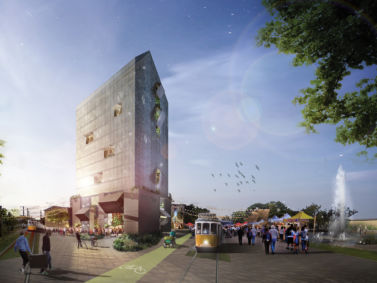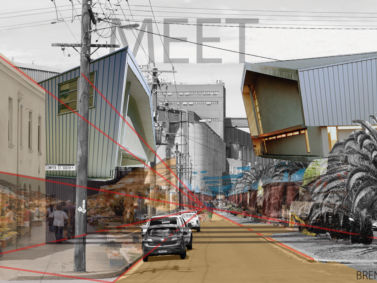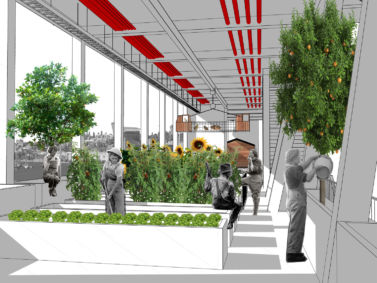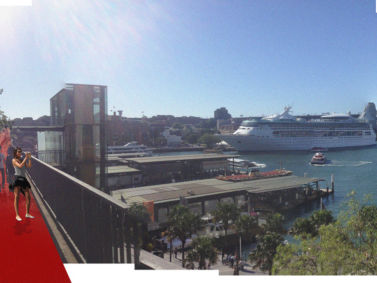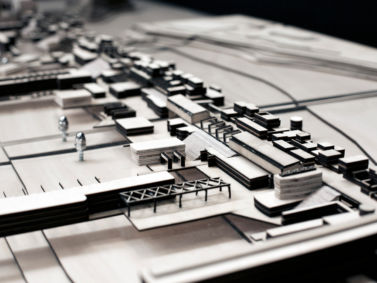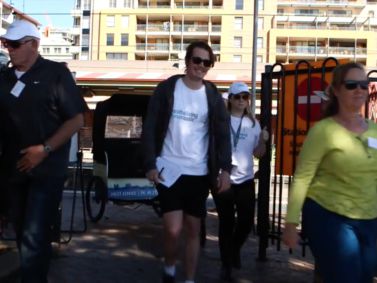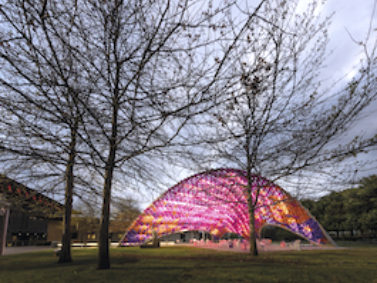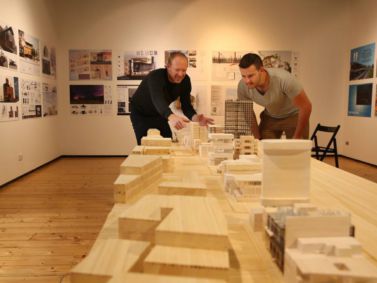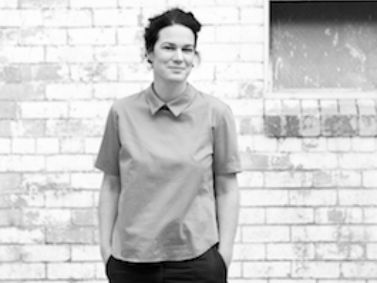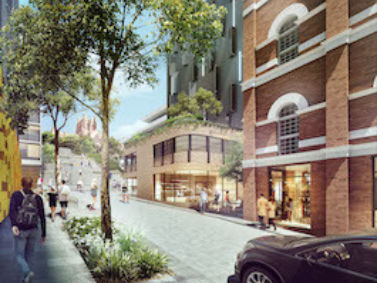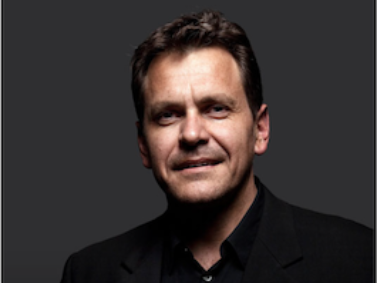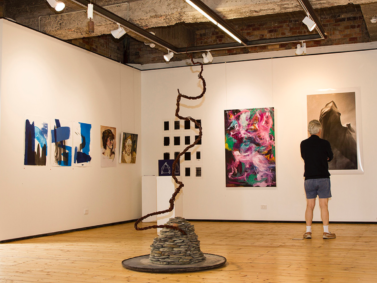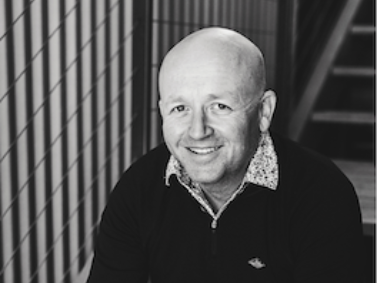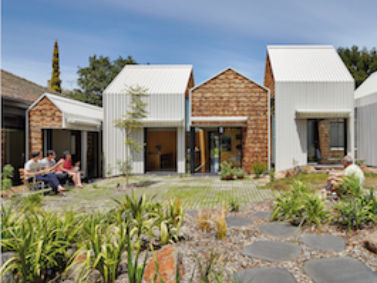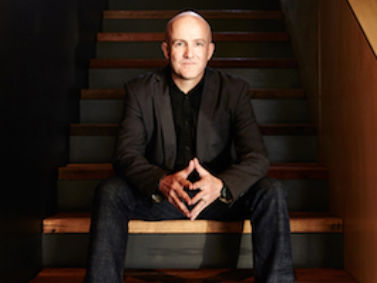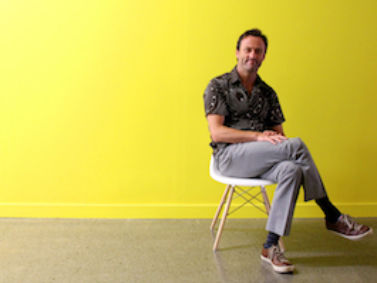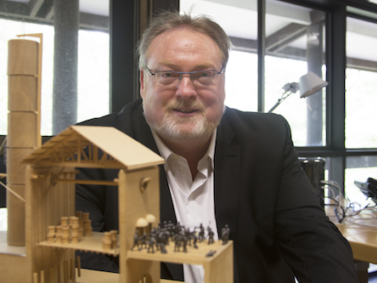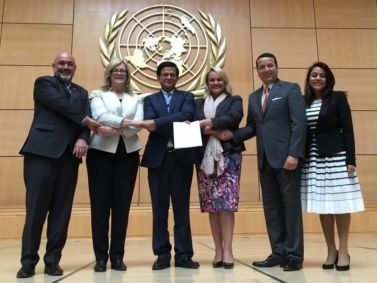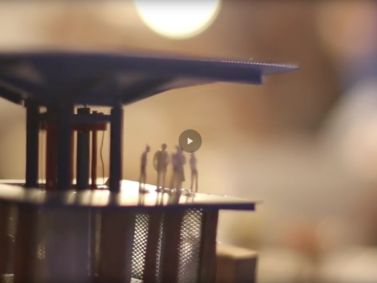Learning from Alice Springs
The immersive elective courses offered within the School of Architecture and Built Environment allow students to become involved with cutting edge digital fabrication, humanitarian projects, design builds and cross cultural exchanges from around the world.
With many of the SABE electives heading overseas to explore new ideas, countries’ and cultures there are several that choose to turn their eyes inwards, focusing on the needs of the red centre, and those who live there.
One course turns its attention to the heart of Australia – working in Alice Springs with Tangentyere Design, an Aboriginal-owned architectural practice.
The Alice Springs trip is in its third year, run by University of Newcastle Head of Discipline (Architecture) Chris Tucker. Following on from their previous work, the elective focuses on a conversation, and design response to social equity and cultural agency within places Australia appears to have largely forgotten – The Town Camps within and around Alice Springs. Students work on affordable architectural projects aimed at improving the often sub-standard living conditions found within the Town Camps.
The powerful program, which forms part of student’s study load, involves the group working in partnership with Tangentyere Design, listening to the needs of the Town Camp residents and responding by creating proposals for live projects, enacting simple interventions to existing places and spaces. Over a 10-day period the students work in groups to formulate proposals, which are then shared with the community.
Fifth Year Masters of Architecture student Emma Gaal chose to take the opportunity to explore the vast space between Newcastle and Alice Springs. Embarking on a two week road trip through the guts of Australia, she immersed herself in the landscape, geography and history of our frequently romanticised, often forgotten centre.
Reflecting on her experience, she notes “The physical and mental journey was not just the actual project, the drive itself really informed our approach. The interesting people we met along the way and the shift in landscape was extremely eye opening. To move from the lush green fringe of the east coast, to the harsh reality of central Australia’s landscape and relationship to water was a great way to begin to understand how we might need to design differently in this context.”
Emma, along with Fourth Year MOA student Angus Wirth were interviewed by local journalist Philippe Perez from Central Australian Aboriginal Media Association (CAAMA), discussing the immensely gratifying experience of delivering community influenced projects, and tangible, useful ideas within the Alice Springs context. To listen to their chat, please head to:
As an ongoing project, there is now an extensive body of work, experiences and dialogues that have emerged from the trips. This work has been compiled into an exhibition, ‘Learning from Alice Springs’, with the intent that this might trigger a wider dialogue about social equity and cultural agency within disadvantaged and dispossessed communities.
If you would like to follow the students work, and engage with this project please visit the exhibition in Newcastle at Watt Space Gallery from Wednesday 17th October - Sunday 4th November. Watt Space opening hours: Wednesday – Sunday 11am – 5pm or by appointment.

